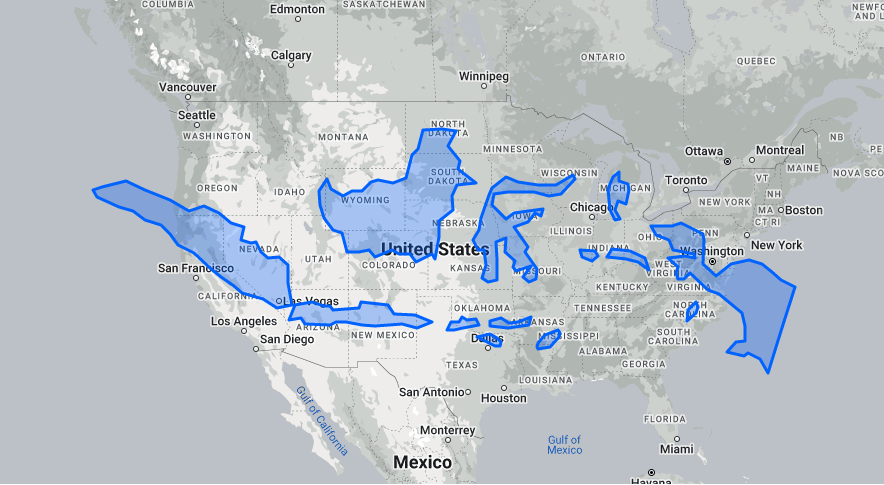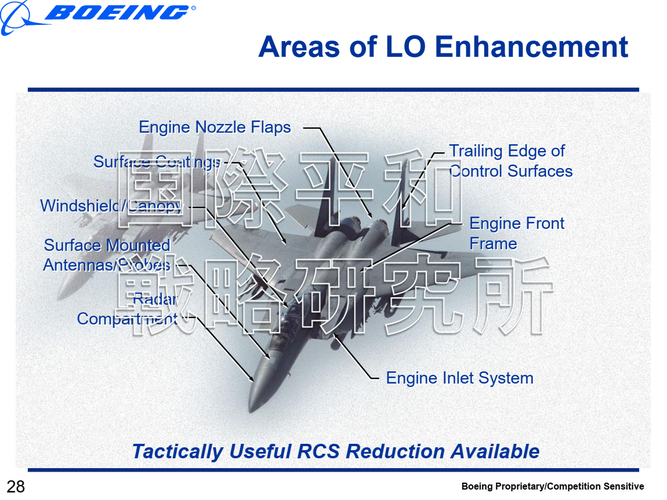I think part of what is driving the USAF to cut back its fighter force (besides the obvious cost reasons) is the reduced Russian threat combined with the increased Chinese threat.
There are plenty of friendly bases from one end of Europe to the other for tactical fighters and their tankers, but that role seems increasingly unnecessary in the short, medium and long terms. Short term, the VKS is quite busy. Medium term, they (and supporting missile forces) proved less able to interdict air bases than most would have imagined and now would operate with a huge PGM deficit. The war also has to be destroying maintenance cycles and burning through engine life. Long term, local NATO members will have sufficient tactical air power to contest Russia with minimal US tactical fighter involvement. Poland, Norway, and Finland alone will eventually put ~150 F-35s right up against the Russian border, and there will probably be a few dozen in other Eastern European countries as well, before we even get to larger Western European air forces (or Turkey, were it to get involved). Clearly more is better, but a big USAF tactical fighter presence* doesn't seem absolutely necessary over most any timeframe, and the VKS is unlikely to meaningfully expand for a decade.
* (though there are probably a lot of supporting aircraft roles the USAF can uniquely supply)
The opposite is true in China - there would be a vast need for additional tactical firepower,..but almost no safe place to base it. The limiting factor would be not how many aircraft in total could be brought into theater but rather how many could be supported from dispersed fields with minimal cover and facilities. I suspect the USAF has a lot more fighters than it could reasonably rearm and refuel in a dispersed fashion the western pacific theater.
Net effect seems to be that USAF wants to down size the fighter force to use that money for future longer ranged platforms and current munitions purchases instead.










